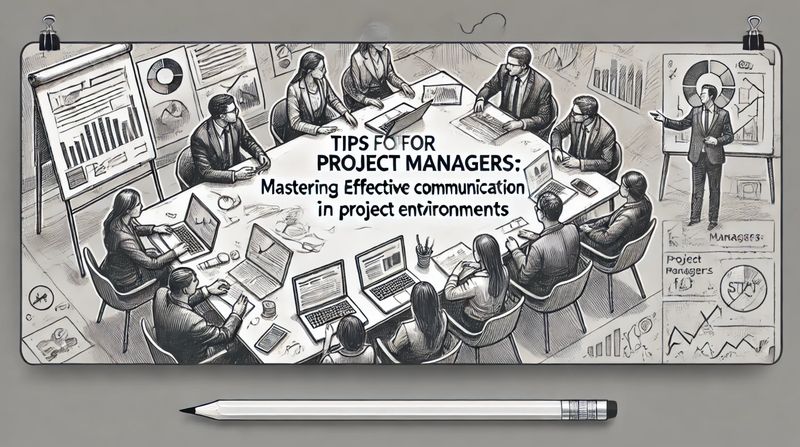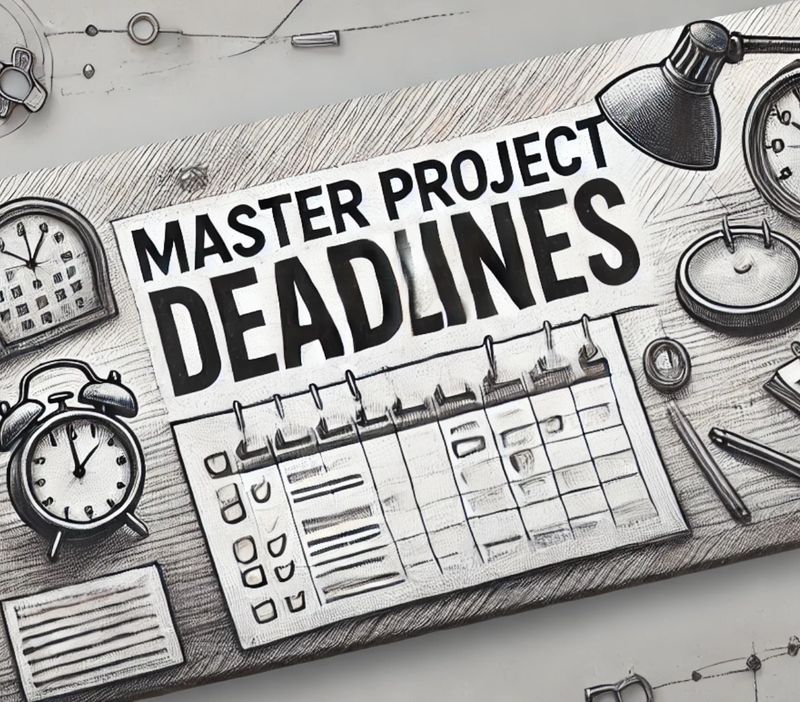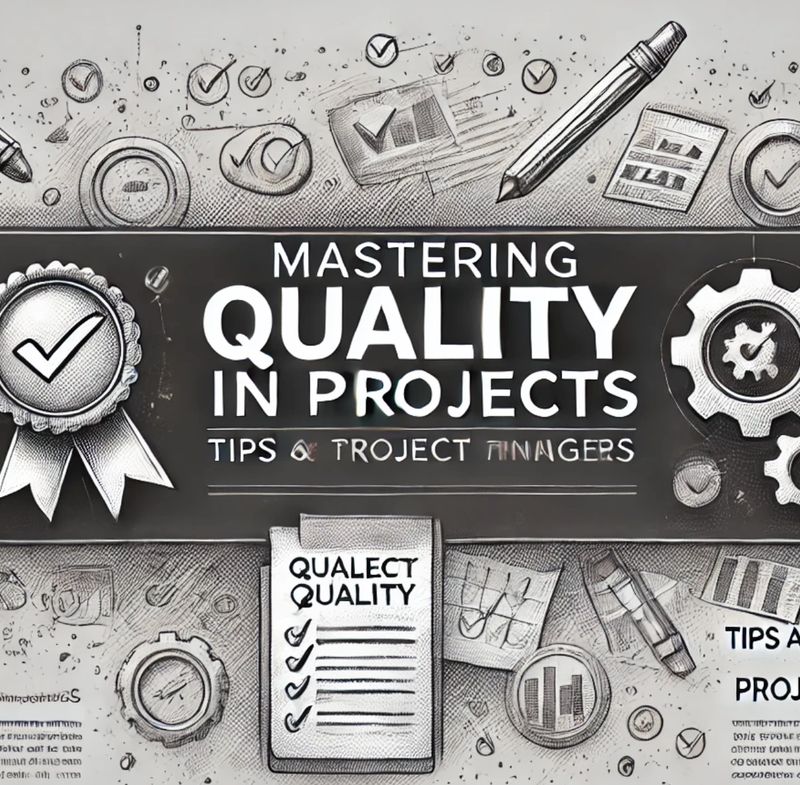Mastering Effective Communication in Project Environments

Understanding the Basics of Communication in Projects
Effective communication starts with understanding its core purpose: sharing information in a way that aligns everyone toward common objectives. As a project manager, this involves managing various communication channels, tailoring your message to different audiences, and ensuring transparency across the board.
For example, consider a scenario where you're introducing a new project timeline to your team. If your team includes technical experts, business analysts, and external clients, you'd need to adapt your message. For technical experts, you might emphasize detailed deliverables and dependencies. For clients, you’d highlight high-level milestones and outcomes. Tailoring your approach ensures clarity for all.
1. Prioritize clarity in every message. Ambiguity leads to confusion, and clarity fosters alignment. When discussing project goals, ensure every stakeholder knows their role and expectations.
2. Encourage active listening. This goes beyond hearing what others say—focus on understanding their concerns and ideas. For instance, during a status meeting, listen to team members’ updates and address any blockers they mention. This builds trust and demonstrates your commitment to the team’s success.
3. Use the right tools for the right audience. Tools like Slack or Teams work great for quick updates, but formal project reviews may require video conferencing or face-to-face meetings. Match the communication medium to the situation to maximize effectiveness.
Building Trust and Collaboration Through Open Communication
Building trust in a project team relies on open, honest, and consistent communication. Trust leads to better collaboration, stronger relationships, and a more resilient team.
For example, imagine a team member expresses doubts about meeting a tight deadline. Instead of dismissing their concern, approach the issue collaboratively. Discuss what support they need, whether it’s additional resources, adjusted priorities, or more time. By addressing concerns head-on, you foster a culture of openness and problem-solving.
1. Share both good news and challenges transparently. Celebrate project milestones to boost morale, but don’t shy away from discussing obstacles. Teams that are well-informed can prepare better and stay motivated.
2. Show empathy when conflicts arise. If a misunderstanding occurs between team members, encourage both sides to share their perspectives. Validate their feelings and guide them toward a resolution that respects everyone’s views.
3. Regularly seek feedback. Ask your team how well communication methods are working and be willing to adapt. For instance, if weekly emails feel too lengthy, switch to shorter updates or quick huddles to maintain engagement.
Leveraging Proactive Communication to Prevent Issues
Proactive communication minimizes misunderstandings and prevents potential issues before they escalate. This involves anticipating information needs, setting clear expectations, and maintaining consistent updates.
For example, at the start of a project, provide your team with a detailed roadmap. Highlight key deliverables, deadlines, and dependencies. Clearly outline who is responsible for each task. This early effort reduces confusion and ensures everyone is on the same page from the outset.
1. Schedule regular check-ins. Use these to track progress, identify risks, and address any questions. Consistency in communication creates a rhythm that keeps the project moving forward.
2. Establish a culture of accountability. Encourage team members to report on their progress and flag issues early. For instance, during sprint planning sessions, ask team members to highlight any concerns about upcoming tasks. This helps you adjust timelines or resources proactively.
3. Document everything. While verbal communication is valuable, written documentation ensures clarity and serves as a reference. Summarize meetings, action points, and decisions to prevent miscommunication later.
Effective communication is the lifeline of project management. By understanding your audience, fostering trust, and maintaining proactive updates, you can navigate even the most complex projects with ease. Remember, great communication isn’t just about talking—it’s about ensuring everyone feels heard, informed, and aligned. Start applying these strategies today, and watch your projects flourish!





